Wildlife Wednesday: Those Magnificent Moths
Moths don’t get quite as much attention and adoration as their showier day time counterparts, the butterflies, but they are just as fascinating and often just as beautiful. While most moths we think of are drab colored browns and grays, some moths can be quite colorful and frankly quite adorable. Moths and butterflies are both members of the insect order Lepidoptera, and have a lot in common. They both have an egg-caterpillar-pupa-adult life-cycle. They usually both have long extendable curled straw like sucking mouth parts (though some moths do not have mouth parts at all). Also, both groups tend to have large wings with scale like structures on them that give them their coloration.
There are differences, of course. Moths are usually nocturnal, while butterflies are diurnal (daytime). Butterflies have antennae with a small club like structure at the end, while moths have simple thin or ornate feathery looking antennae (both without clubs). Moths sometimes encase themselves in a silky cocoon as a pupa/chrysalis, while butterflies never do. The difference between the two groups is actually somewhat more complicated than night/day and coloration, as moths actually have varied bodies and lifestyles. Therefore, scientists group some families of Lepidoptera together and call them “moths”, and do the same for some families which they call “butterflies”. So there aren’t always hard and fast rules for considering them into one or the other, but more a history of conventional thinking.
Today, we have a look at 3 of the more common and noticeable moths in the Houston area.
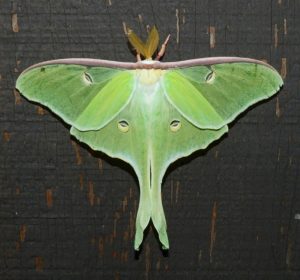 The Luna Moth (Actias luna) is a large nocturnal green moth in the silk moth family Saturniidae. As with most moths in this family, they do not have mouth parts, and thus do not feed as adults, having received all the nutrients they need to carry out their lives, as larvae (caterpillars). This is indeed a large moth, with a wingspan of up to 4.5 inches across. They have long tails on the hind-wings, which give them a swallowtail like appearance. The plump green caterpillars, with small soft spikes and red bumps, feed on a wide variety of tree leaves. They spin a silken cocoon in leaves, where they turn into pupae, and later emerge from, Spring through Summer in the Southern U.S.
The Luna Moth (Actias luna) is a large nocturnal green moth in the silk moth family Saturniidae. As with most moths in this family, they do not have mouth parts, and thus do not feed as adults, having received all the nutrients they need to carry out their lives, as larvae (caterpillars). This is indeed a large moth, with a wingspan of up to 4.5 inches across. They have long tails on the hind-wings, which give them a swallowtail like appearance. The plump green caterpillars, with small soft spikes and red bumps, feed on a wide variety of tree leaves. They spin a silken cocoon in leaves, where they turn into pupae, and later emerge from, Spring through Summer in the Southern U.S.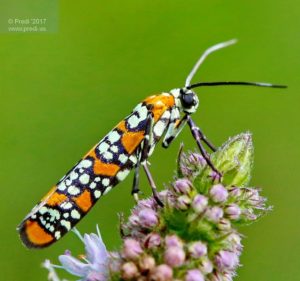
The Ailanthus Webworm Moth (Atteva aurea) is a colorful micro-moth, in the ermine moth family Yponomeutidae,, active during the day and night. They are quite small at only about 1 – 1.5 cm long. This moth is not historically native to the United States, but has moved into the Eastern U.S. as people have planted non-native host plants for their larvae (though not intentionally) across the country. The caterpillars feed on Tree-of-Heaven (Ailanthus sp.), a landscaping plant from China, as well as Paradise Tree from the American Tropics. Ailanthus Webworm Moths have seasonal movements, and often appear in Houston in great numbers in mid to late Autumn. The adults feed mainly of flower nectar.
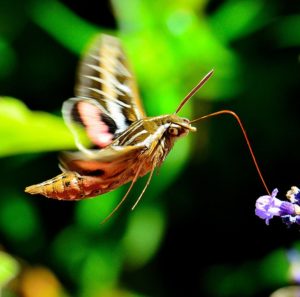
The White-lined Sphinx Moth (Hyla lineata) is a large thick-bodied moth that is often mistaken for a hummingbird, if one is not looking closely. They are in the Sphinx Moth/Hawk Moth family Sphingidae. Unlike most of the moths you may know, this is a daytime (diurnal) moth, which spends its days flying amongst flowers and hovering while it feeds on flower nectar. They are found flying from early Spring to late October in the Southern U.S. Northern populations of this Sphinx Moth will migrate to the South to finish out their lives or overwinter. Though moths are known to make cocoons, this family of moths does not. The White-lined Sphynx caterpillars, which feed on a variety of tree and vine leaves, burrow into the soil or under logs or dead leaves, and turn to a pupa/chrysalis there in their subterranean lair. Maintaining ample leaf litter under trees and bushes around your home can help out Sphinx moths to complete their life cycle. Also, just as are butterflies and bees, nectar feeding moths, such as this species, are important pollinators, and contribute important services to human agriculture, home gardens, and natural eco-systems.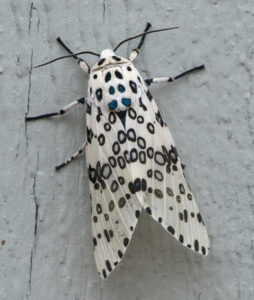
There is actually an incredible diversity of moths that occur in the Houston area, some throughout the year and some only in the fall or spring, as they migrate through. Many of these species are active at night, so we may not notice them and what they do for us as much as we would more obvious daytime creatures. They are however, just as important.
(Find out more: Gardening for Moths)
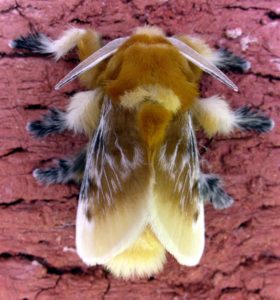 Thanks for joining us today, come out to the park some time and see if you can spot some our Houston area moths! tag us on Instagram (#naturediscoverycenter), if you photograph any moths in the park or in your own yard at home!
Thanks for joining us today, come out to the park some time and see if you can spot some our Houston area moths! tag us on Instagram (#naturediscoverycenter), if you photograph any moths in the park or in your own yard at home!
See you soon!
Eric Duran
Staff Naturalist
Photos: Luna by Rob Swatski | Flickr; Luna by Jim Mullhaupt | Flickr; Ailanthus by Predi | Flickr; Sphinx by Larry Lamsa | Flickr; Giant Leopard Moth by Ronnie Pitman | Flickr; Puss Moth by Patrick Coin | Wikipedia


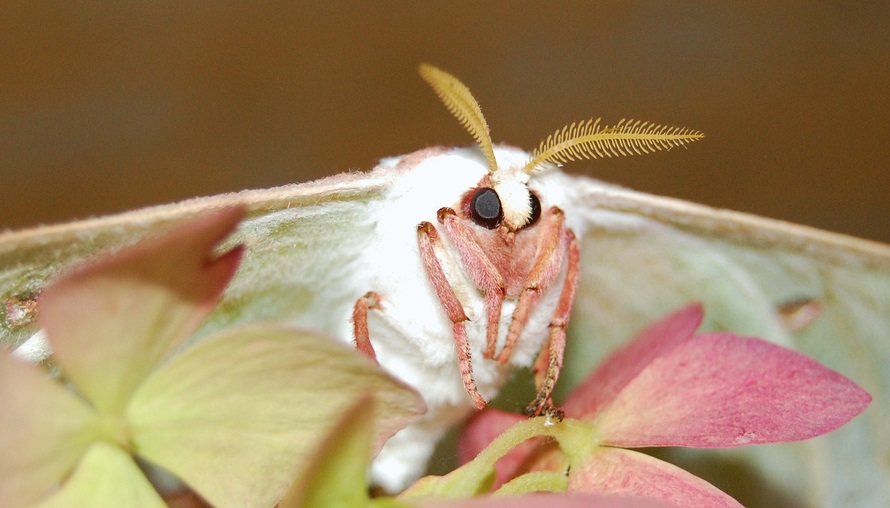
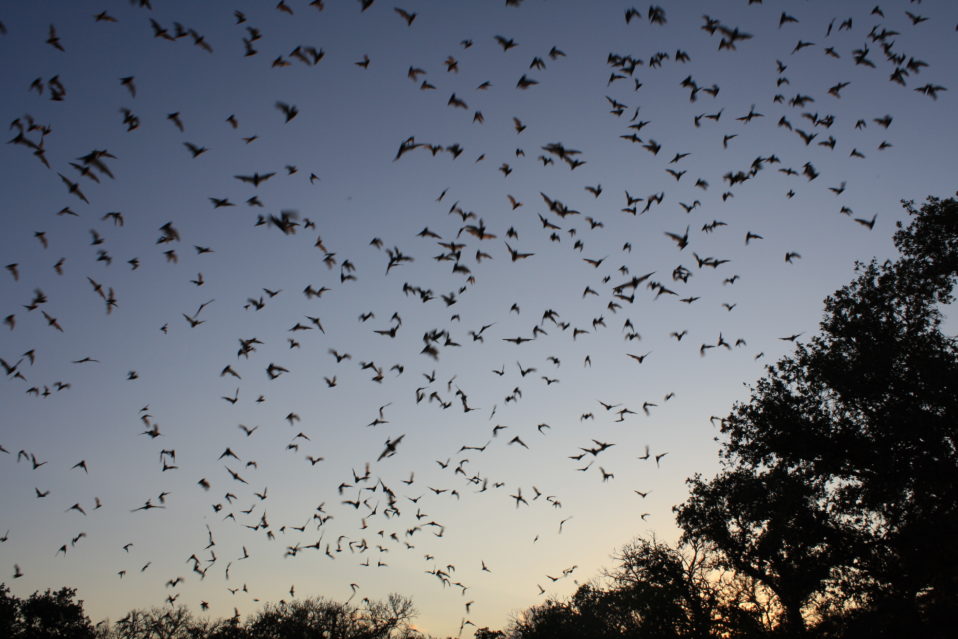
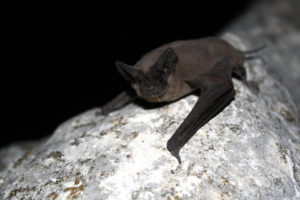
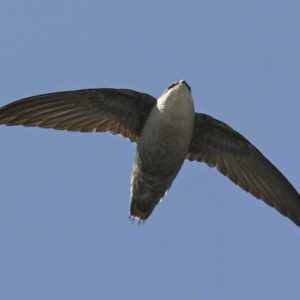

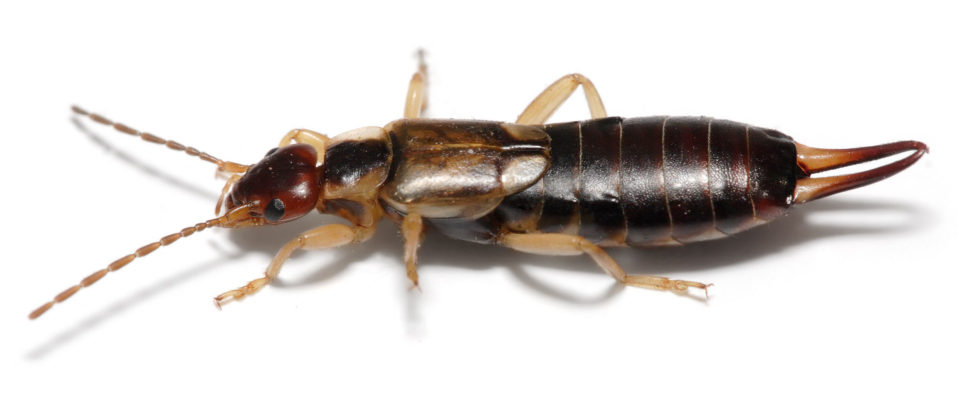
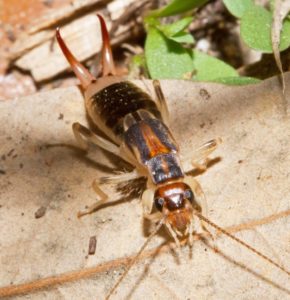 Earwigs (order Dermaptera) are very common little insects, but are somewhat misunderstood. The common name comes from an old and common belief that earwigs crawl into people’s ears… this is not the case! Earwigs live in a variety of natural settings, and occasionally wander into our houses. They are nocturnal and omnivorous (feeding on a wide variety of small invertebrates and plant matter). Because of the pincers on the tail end, they are often misidentified as centipedes, which are not insects, and have longer bodies and many more than 6 legs. The pincers are used to seize prey and defend themselves from each other and other small predators.
Earwigs (order Dermaptera) are very common little insects, but are somewhat misunderstood. The common name comes from an old and common belief that earwigs crawl into people’s ears… this is not the case! Earwigs live in a variety of natural settings, and occasionally wander into our houses. They are nocturnal and omnivorous (feeding on a wide variety of small invertebrates and plant matter). Because of the pincers on the tail end, they are often misidentified as centipedes, which are not insects, and have longer bodies and many more than 6 legs. The pincers are used to seize prey and defend themselves from each other and other small predators.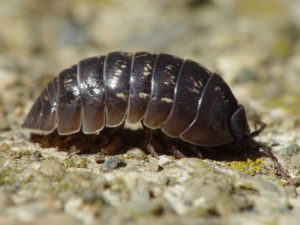
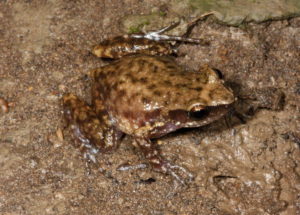
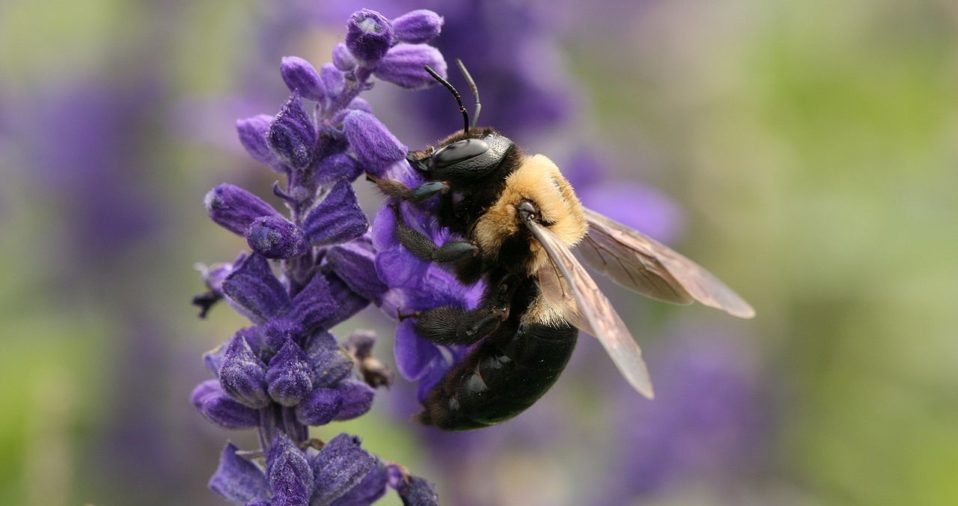
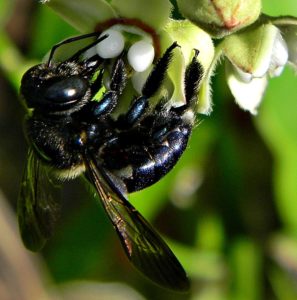
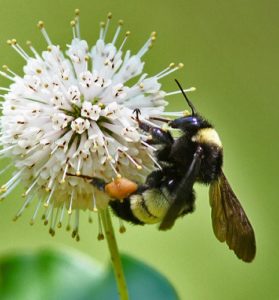
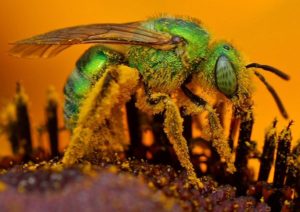
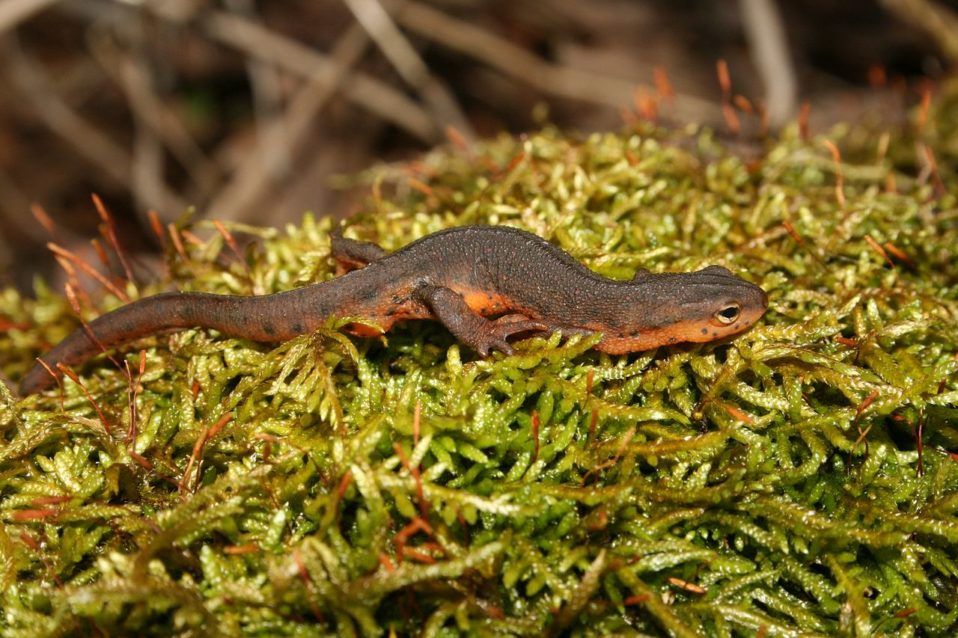
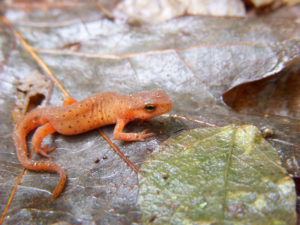
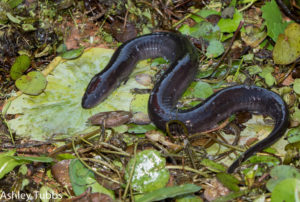
 Another fully aquatic eel-like salamander is the Lesser Siren (Siren intermedia), which grow to about 18 inches in length. They have 2 tiny front legs, no back legs, and a flattened paddle-like tail. Sirens are easily identified by their feathery gray and red external gills, which extend from the sides of the head. Much like the amphiuma, they are very carnivorous and can deliver a painful and bloody bite. However, instead of a sharp bony ridge, they have a sharp horny beak-like structure. Also similar to amphiumas, they have extremely smooth slimy skin. Both sirens and amphiumas are believed to guard their eggs in mud nests under the water or in burrows next to their ponds, lakes, and bayous.
Another fully aquatic eel-like salamander is the Lesser Siren (Siren intermedia), which grow to about 18 inches in length. They have 2 tiny front legs, no back legs, and a flattened paddle-like tail. Sirens are easily identified by their feathery gray and red external gills, which extend from the sides of the head. Much like the amphiuma, they are very carnivorous and can deliver a painful and bloody bite. However, instead of a sharp bony ridge, they have a sharp horny beak-like structure. Also similar to amphiumas, they have extremely smooth slimy skin. Both sirens and amphiumas are believed to guard their eggs in mud nests under the water or in burrows next to their ponds, lakes, and bayous.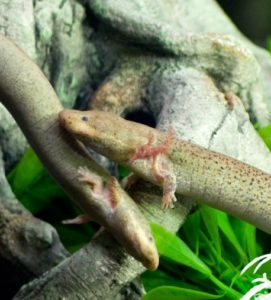
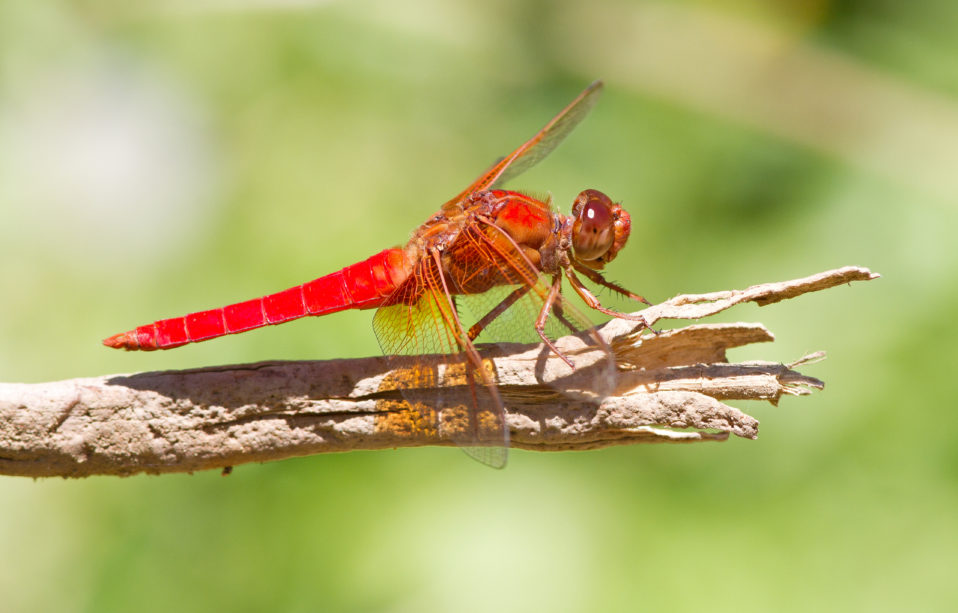
 The
The 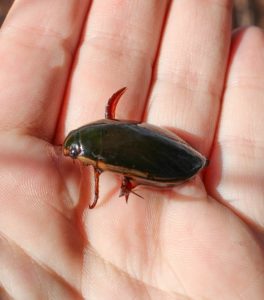
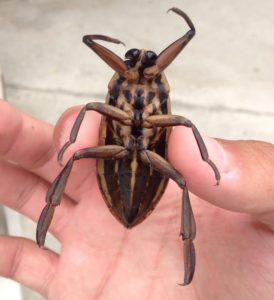 Sometimes called “Toe-biters”,
Sometimes called “Toe-biters”, 
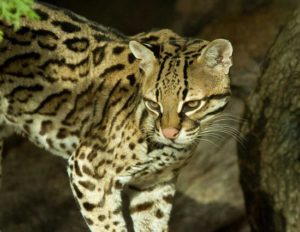 While most people think of Ocelots (Leopardus pardalis) as creatures of Central and South American rainforests, these medium sized predators actually inhabit a variety of habitats, including deserts and grasslands, and once roamed our prairies. Today we have an extremely small population of possibly around 50 in the Southern tip of Texas, but they once ranged up the Texas coast all the way to Easternmost Louisiana. These spotted cats were driven to extinction in the state through overhunting and destruction of habitat, but have been reestablished in in the Lower Rio Grande Valley through conservation efforts by landowners, environmental groups, and government agencies, like the U.S. Fish & Wildlife Service.
While most people think of Ocelots (Leopardus pardalis) as creatures of Central and South American rainforests, these medium sized predators actually inhabit a variety of habitats, including deserts and grasslands, and once roamed our prairies. Today we have an extremely small population of possibly around 50 in the Southern tip of Texas, but they once ranged up the Texas coast all the way to Easternmost Louisiana. These spotted cats were driven to extinction in the state through overhunting and destruction of habitat, but have been reestablished in in the Lower Rio Grande Valley through conservation efforts by landowners, environmental groups, and government agencies, like the U.S. Fish & Wildlife Service.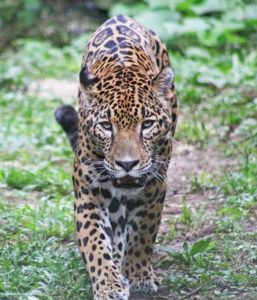
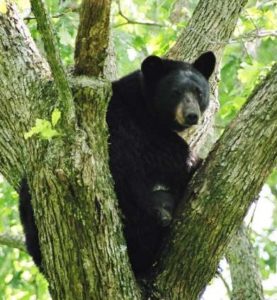 Louisiana Black Bears (
Louisiana Black Bears (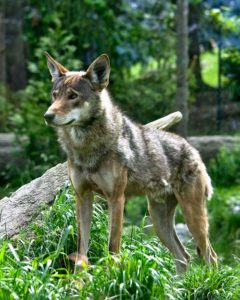
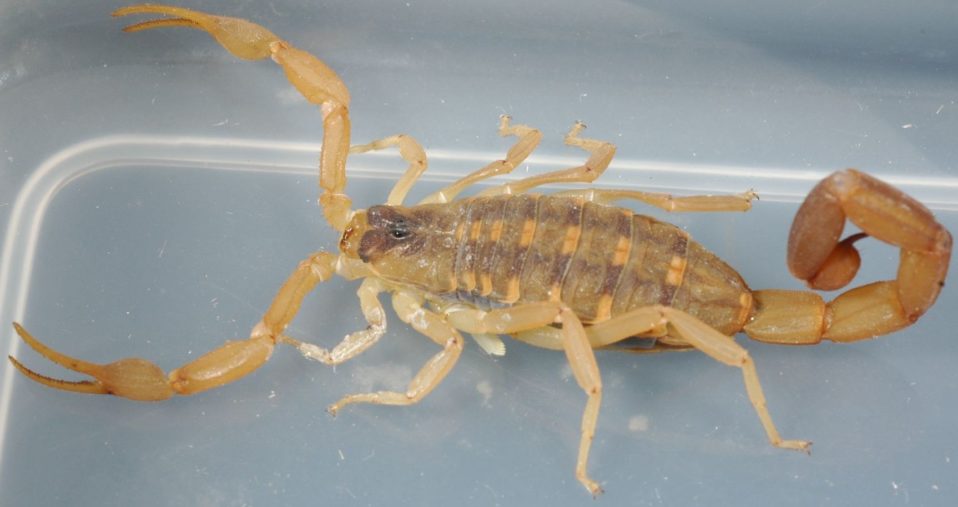
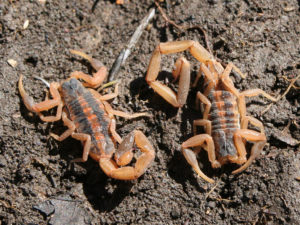 One of the most commonly encountered non-spider arachnids in this part of the state is the Striped Bark Scorpion (Centrutoides vittatus). This is a small scorpion, growing to only about 2.75 inches in total length. They may deliver a painful sting, though the venom is not usually injurious to humans, beyond the obvious pain and discomfort. As with all other scorpions, this species is carnivorous, seizing their prey with front pinching claws, and injecting the prey with venom from the tail stinger. They then spit out digestive juices onto the prey, and suck up the dissolving body of the prey. Maybe a bit gross, but its what they do!
One of the most commonly encountered non-spider arachnids in this part of the state is the Striped Bark Scorpion (Centrutoides vittatus). This is a small scorpion, growing to only about 2.75 inches in total length. They may deliver a painful sting, though the venom is not usually injurious to humans, beyond the obvious pain and discomfort. As with all other scorpions, this species is carnivorous, seizing their prey with front pinching claws, and injecting the prey with venom from the tail stinger. They then spit out digestive juices onto the prey, and suck up the dissolving body of the prey. Maybe a bit gross, but its what they do!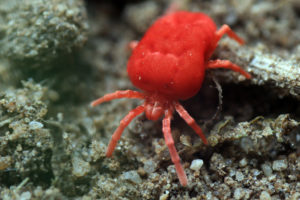
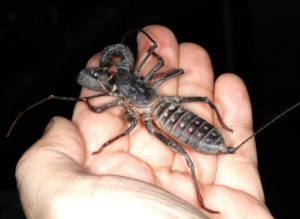 he 3rd animal we’ll look at this week is from a much lesser known group of arachnids called the “whip scorpions”, and here in the U.S. we call them Vinegaroons (
he 3rd animal we’ll look at this week is from a much lesser known group of arachnids called the “whip scorpions”, and here in the U.S. we call them Vinegaroons (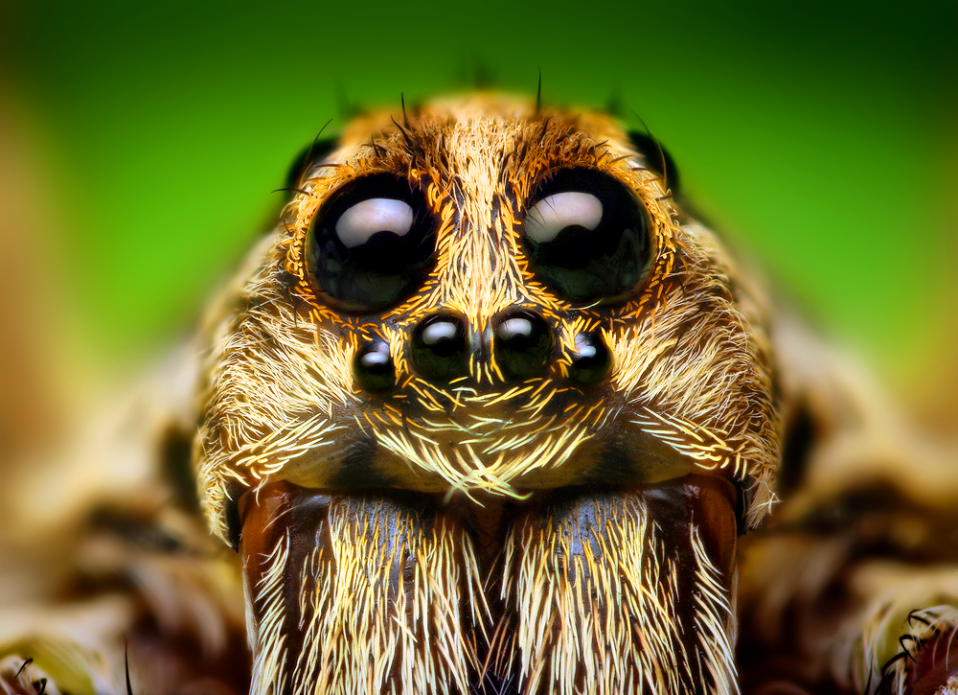
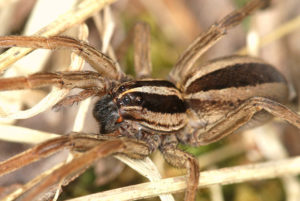
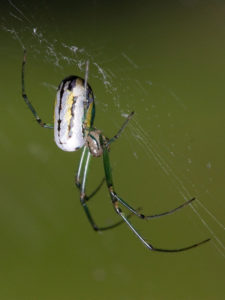
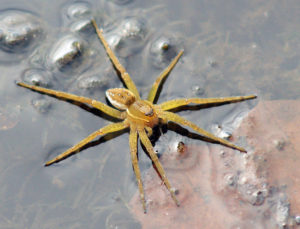 A really awesome spider, found only in the Cypress Pond at the South End of the park, is the Six-spotted Fishing Spider (Dolomedes triton), which is known for running across the surface of the water. These large leggy water walkers prey on a wide variety of aquatic creatures, like: minnows, tadpoles, aquatic insects, and even other spiders!
A really awesome spider, found only in the Cypress Pond at the South End of the park, is the Six-spotted Fishing Spider (Dolomedes triton), which is known for running across the surface of the water. These large leggy water walkers prey on a wide variety of aquatic creatures, like: minnows, tadpoles, aquatic insects, and even other spiders!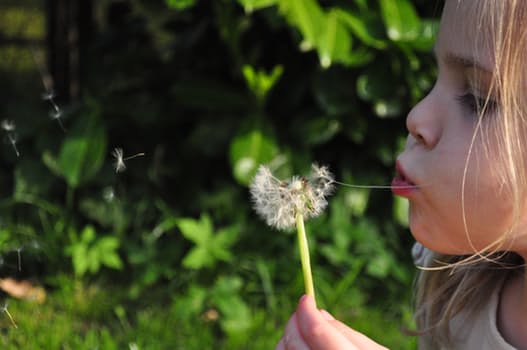
 Gretchen is 3 years old. Our first trip to the Nature Discovery Center began at the playground. We meandered through what must have seemed to her like a magical forest right out of a favorite children’s book. The path invited her to explore the wooded area with lizards, frogs, dragonflies, and butterflies. There were quiet places to sit, and we saw birds, as well as the beloved bunnies. The path areas are not manicured or forced into landscaping, but instead they are tenderly tended to allow the plants, trees, and animals to be themselves. Gretchen was encouraged by her environment to touch and examine the wooded area and become part of nature.
Gretchen is 3 years old. Our first trip to the Nature Discovery Center began at the playground. We meandered through what must have seemed to her like a magical forest right out of a favorite children’s book. The path invited her to explore the wooded area with lizards, frogs, dragonflies, and butterflies. There were quiet places to sit, and we saw birds, as well as the beloved bunnies. The path areas are not manicured or forced into landscaping, but instead they are tenderly tended to allow the plants, trees, and animals to be themselves. Gretchen was encouraged by her environment to touch and examine the wooded area and become part of nature. atthew is 6 years old. His trip to the Nature Discovery Center coincided with a birthday party that was ending. While the parents gathered and cleaned, Matthew made a new friend and the two boys romped up and down the stairs and played in the ocean room. Two little pirates sailed the seven seas of their imaginations. The same rooms in which Gretchen had quietly opened drawers and looked at books became an adventure playground to the little boys. The house and discovery rooms are built for multiple experiences.
atthew is 6 years old. His trip to the Nature Discovery Center coincided with a birthday party that was ending. While the parents gathered and cleaned, Matthew made a new friend and the two boys romped up and down the stairs and played in the ocean room. Two little pirates sailed the seven seas of their imaginations. The same rooms in which Gretchen had quietly opened drawers and looked at books became an adventure playground to the little boys. The house and discovery rooms are built for multiple experiences. 